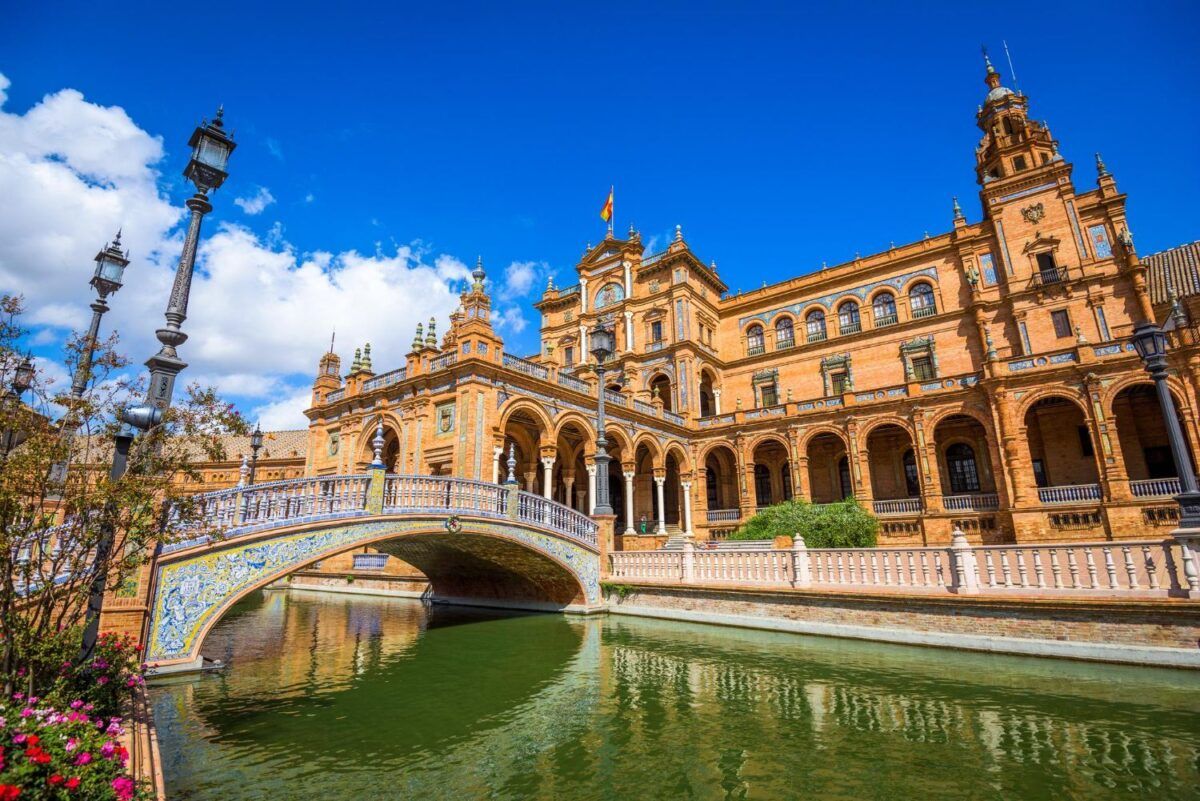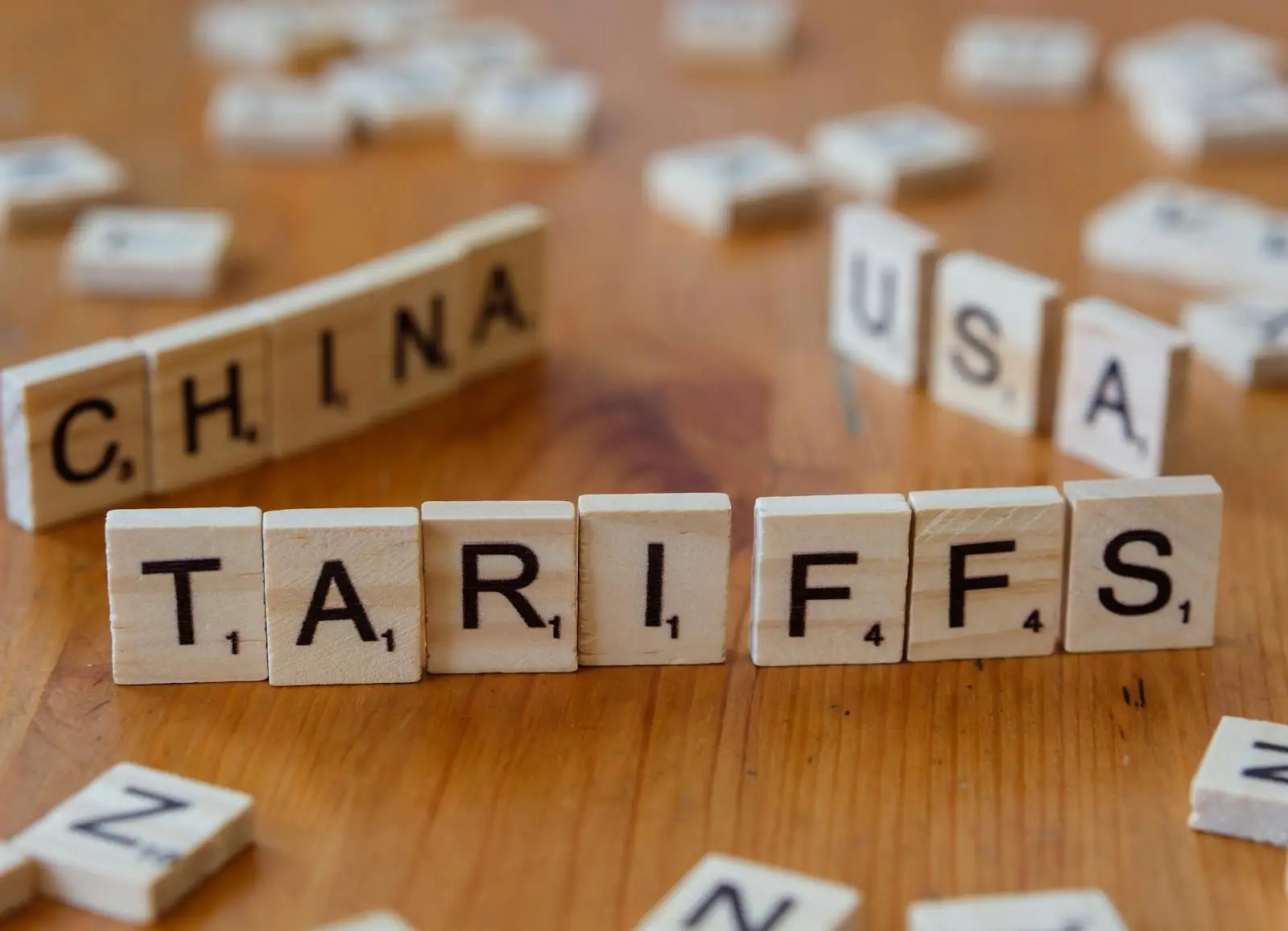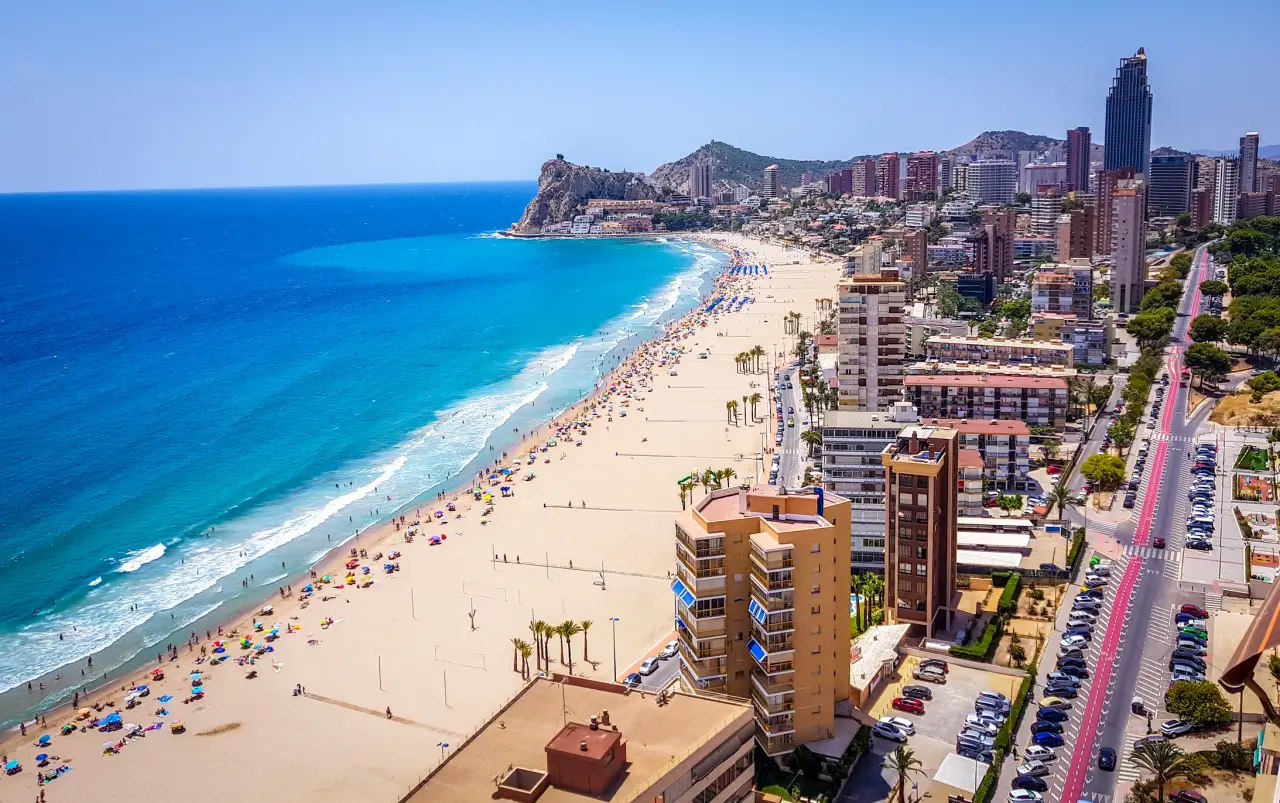Easter travel in Spain is breaking records this year, but it’s also hitting travelers’ wallets harder than ever. Despite rising prices across fuel, food, and accommodations, Spain is on track to welcome 15 million international tourists in March and April—an increase of 9% compared to the same period in 2024.
According to Spain’s Ministry of Tourism, visitor spending is expected to rise 13% to exceed €20 billion. That’s not stopping tourists from flooding the country’s most beloved Easter destinations, such as Seville, Malaga, and the Balearic Islands, where prices for hotels and meals have noticeably climbed.
Popular Destinations See Hotel Rates Climb
Seville and Malaga, famous for their elaborate Easter processions, are now among the most expensive places to stay during Holy Week. The average daily hotel rate in Seville has soared to €346, followed by Malaga at €298. In contrast, the national average stands at €208—still an 8% increase from last year, according to consulting firm Simon-Kucher.
Other cities are feeling the spike too. Barcelona’s rates have climbed 11% to €254, and Madrid follows closely behind at €245 with a 10% increase. The Balearic Islands, a top choice for holidaymakers, recorded the largest jump of all: a 29% rise, from €128 to €165 per night on average.
Even Valencia, where Easter Monday is a public holiday, is seeing higher demand with average hotel prices at €203. The upward trend in pricing has continued nearly nonstop since the end of the COVID-19 pandemic in 2021, reflecting Spain’s booming tourism recovery.
In February, the National Statistics Institute reported a 4.2% annual rise in hotel rates. While these increases may raise eyebrows, they haven’t scared off eager travelers—especially with more than 15.8 million road journeys expected across Spain during the Easter holiday week.
Heavy Traffic and Holiday Operations
To manage the surge, the Directorate General of Traffic (DGT) has launched its second and most significant phase of “Operation Easter Exit.” Running from April 16 through April 21, the operation is expected to oversee more than 9 million vehicle movements—up 3.5% from the same period in 2024.
Over 5,600 traffic officers have been deployed to ensure safety and ease congestion, with added lanes, suspended roadworks, and truck restrictions during peak hours. The heaviest traffic is forecast for Wednesday afternoon through Friday, especially near major cities and along coastal routes.
Monday, April 21, remains a public holiday in regions like Catalonia, Valencia, Navarre, the Basque Country, and La Rioja, which means the return leg of travel is likely to be just as packed. Motorists are advised to avoid driving between 11 a.m. and midnight when traffic jams are expected to peak.
Dining and Dessert Costs Also on the Rise
Restaurants are busier than ever, and prices reflect that demand. According to TheFork, Spanish diners will spend an average of €32 per person on meals out during Easter, up 23% from last year’s €26 average. Mallorca, Seville, and Alicante are seeing some of the highest increases in restaurant reservations, while Bilbao and Salamanca have experienced a surge of over 40% in booking volume.
Sweet traditions haven’t escaped inflation either. Torrijas—Spain’s version of French toast—are slightly cheaper than last year thanks to falling prices in sugar and olive oil, but they remain 53% more expensive than before the pandemic. The cost of ingredients like eggs and milk continues to rise, and electricity prices have jumped 28.1% year-over-year, affecting bakery production costs.
Chocolate lovers won’t be thrilled either. Cocoa and chocolate powder prices increased by 12.1% in March alone. Easter eggs and cakes are more expensive this year, with a reported 8.6% rise in egg prices during the first quarter of 2025. Artisan bakeries are doing their best to offer a range of affordable options, but the cost of tradition is undeniably higher.
While Spain’s tourism industry thrives this Easter, travelers should prepare for longer waits, busier streets, and bigger bills. Still, the mix of cultural celebrations, sunshine, and scenic destinations continues to draw millions—making Spain one of Europe’s most sought-after holiday escapes this spring.













